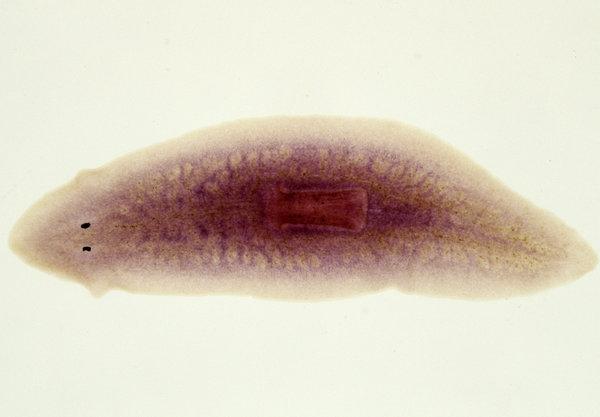Seminar Talk – Neuroscience PhD Students Rachael Hart and Sam Spellicy | THURS, April 4 | 3:30-5:00 | Coverdell, S175

Rachael Hart: Elucidating the role of natural killer cells in Parkinson’s disease
Age-related neurodegenerative diseases including Parkinson’s disease (PD) and Alzheimer’s disease (AD) are associated with the abnormal accumulation of endogenous proteins. Microglia, CNS-resident immune cells, have been shown to become hyper-activated in the presence of misfolded proteins characteristic of these pathologies. For instance, in PD the abnormal accumulation of the alpha-synuclein (α-syn) protein can lead to increased production of cytokines from microglia that can promote cell death within the brain. Our laboratory is particularly interested in how other immune cell types affect neurodegeneration and inflammation. Based on our studies, we have found that misfolded α-syn can promote changes in the composition of immune cells within the CNS and peripheral lymphoid organs. Furthermore, we have found a potential link between a particular cell type of the innate immune system, natural killer (NK) cells, and PD pathology.
Sam Spellicy: Midline shift predicts motor function outcomes in a porcine ischemic stroke model
Despite a number of promising clinical trials in recent years, stroke remains a leading cause of death and long-term disability worldwide. This translational disconnect has originated from various factors including the need to utilize models more representative of the human stroke condition, identification of biomarkers or parameters predictive of functional outcome after stroke, and further development of neurorestorative and neuroprotective therapeutics. In response to these hurdles, our group has worked to identify MRI parameters which are predictive of functional outcomes with and without treatment of a novel neuroprotective therapeutic, Neural Stem Cell-Derived Extracellular Vesicles (NSCEVs). We then conducted multivariate analysis of correlations between MRI parameters and functional outcomes over time. From this analysis of 18 MRI parameters from various sequences to 90 measured gait and behavior parameters, we were able to determine that axial and coronal midline shift (MLS) are the most predictive of functional outcome in untreated animals at day 84 post-middle cerebral artery occlusion (MCAO). Furthermore, we found MLS can be a useful predictor of functional outcomes in a porcine model of stroke as measured by gait and behavior testing, as well as modified Rankin Scale scores (mRS) and overall survival. Additionally, we found NSCEV treatment disrupted the correlation between midline shift and functional outcomes. This study asserts the predictive capacity of midline shift in a porcine model of stroke, as well as its utility to distinguish between subpopulations of animals receiving therapeutic interventions. These findings have implications for the utility of midline shift in clinical and preclinical settings over more commonly utilized measurements. Further analysis of the extensive information garnered using this approach in the porcine model may advance interpretation of therapeutic efficacy and selection criteria of future neuroprotective preclinical and clinical studies.
